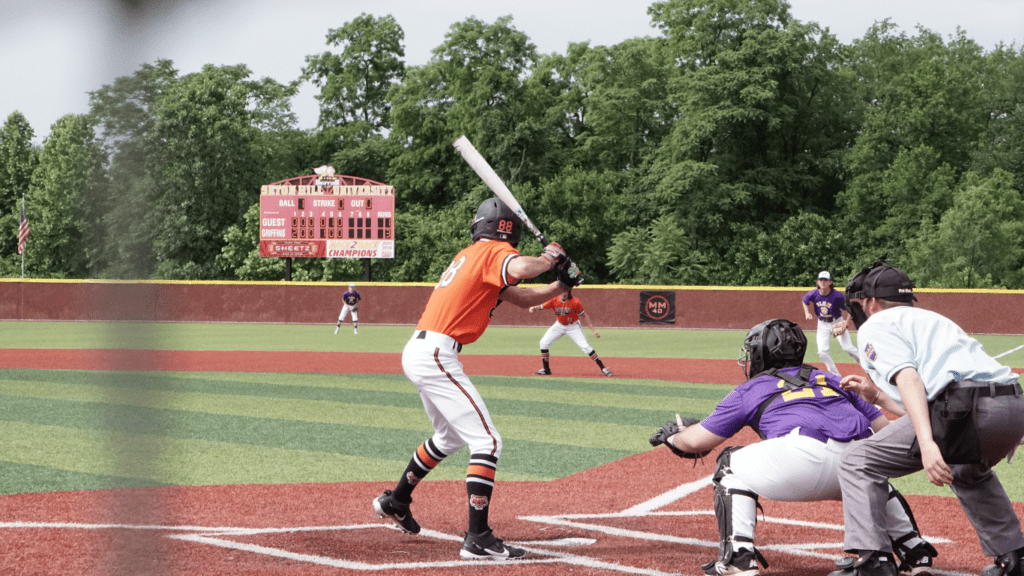For much of the past two decades, fans and pundits alike have questioned whether boxing was losing its shine. Fragmented titles, mismatched fights, and promotional disputes seemed to keep the sport from delivering the kind of big events that once defined it. Yet over the past few years, boxing has quietly built its way back into the mainstream.
Now, as major fights fill arenas and streaming platforms attract millions of viewers, a new question has emerged: Is boxing entering another golden era?
Recent years have delivered what fans have long asked for: the best fighting the best. From Tyson Fury vs. Oleksandr Usyk to Terence Crawford vs. Canelo Álvarez, boxing’s biggest names are finally meeting in the ring. These matchups have sparked renewed excitement, showing that when the sport gets it right, it still captures the world’s attention like nothing else.
The Return of Superfights
The term “superfight” isn’t used lightly in boxing. It’s reserved for bouts that transcend the sport, fights where skill, legacy, and anticipation collide. For much of the 2010s, such matchups were rare, often blocked by rival promoters or television deals. But that narrative has changed dramatically.
The long-awaited heavyweight clash between Fury and Usyk unified the division for the first time in over two decades. This achievement reminded fans of the sport’s ability to create historic moments. Meanwhile, Crawford vs. Spence brought two undefeated champions together at welterweight in a fight that had been teased for years. When it finally happened, the spectacle lived up to the hype, and then some.
Across other divisions, stars like Canelo Álvarez, Naoya Inoue, and Gervonta “Tank” Davis have kept audiences engaged with consistent high-level competition. These fighters have managed to bridge the gap between purist appeal and mainstream popularity, something boxing has struggled to achieve since the days of Floyd Mayweather and Manny Pacquiao.
The result is a sport that, for the first time in years, feels unified around major events rather than scattered by politics.
The Power of Global Appeal
One defining feature of this new era is the globalization of boxing. The sport is no longer centered solely around American or British markets. Champions now come from countries like Japan, Mexico, Ukraine, Uzbekistan, and the Philippines, each bringing new audiences and unique fighting styles.
Naoya Inoue, nicknamed “The Monster,” has become a household name in Japan and beyond. His dominance across multiple weight classes has made him one of the most technically gifted fighters in the world. Similarly, Oleksandr Usyk’s combination of skill, humility, and humor has turned him into a fan favorite well outside his native Ukraine.
This internationalization has breathed new life into boxing’s business model. Major events now happen in Riyadh, Tokyo, London, and Las Vegas within the same calendar year. While the rise of Saudi Arabia as a host nation has generated debate, it’s also undeniably brought financial stability and spectacle to the sport. The diversity of venues and markets ensures that boxing remains relevant to a global audience, not just a regional one.
The Influence of Streaming
A key part of boxing’s resurgence lies in how people now watch it. The sport’s relationship with streaming platforms like DAZN, ESPN+, and Amazon Prime has changed accessibility for fans. Instead of relying solely on pay-per-view television, streaming services have made it easier to follow multiple promotions and fighters.
This shift has also opened doors for younger audiences. Social media platforms like YouTube, TikTok, and X (formerly Twitter) have turned fighters into personalities, letting fans connect with them beyond fight night. Highlight clips, training videos, and behind-the-scenes content now circulate instantly, something the old paywall system never allowed.
Even crossover events, such as those featuring influencer boxers, have contributed to renewed attention. While purists may not always appreciate them, these bouts often serve as entry points for casual viewers, some of whom later become fans of the sport’s professional side.
The growing digital culture around boxing also reflects wider fan habits in sport. Just as many sports fans engage online through fantasy leagues or explore sports betting promo codes as part of broader entertainment trends, boxing fans are finding new ways to stay connected to the sport through digital experiences.
The combination of mainstream accessibility and digital storytelling has helped boxing reconnect with the very demographic it once risked losing.
Women’s Boxing Breaking Barriers
No discussion about boxing’s modern resurgence would be complete without mentioning women’s boxing. Over the last five years, fighters like Katie Taylor, Amanda Serrano, Savannah Marshall, and Claressa Shields have elevated the women’s game to unprecedented heights. These boxers have redefined what it means to be a female boxer, as they continue to inspire the next generation of talent.
Their fights consistently draw strong attendance numbers and television audiences, proving that the appetite for elite-level competition is universal. Taylor vs. Serrano at Madison Square Garden in 2022 remains one of the most significant moments in boxing history, not just for women’s sport but for boxing as a whole.
The professionalism, skill, and mutual respect displayed in these fights have helped redefine perceptions, making women’s boxing an integral part of the sport’s present and future.




